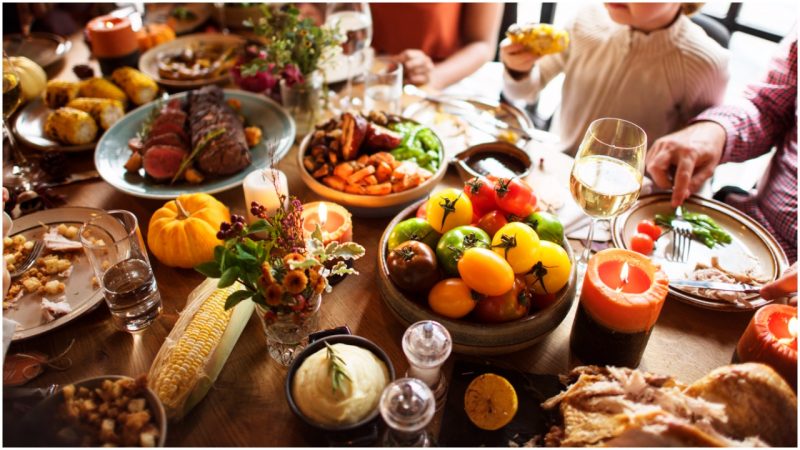In perhaps the strangest episodes in the evolution of Thanksgiving as a holiday, the period from the late 1800s to the early 1900s was a time when poor people would knock on doors to ask, “Anything for Thanksgiving?” and rich kids would go out dressed in rags to mock them.
From New York to Los Angeles, people regardless of their age would join crowds, all dressed up, with a mask on the face and walk down a staged parade downtown. Newspapers were filled with stories about who had the most impressive or the most intricate mask and clothing.
“Fantastically garbed youngsters and their elders were on every corner of the city,” read an issue of a New York newspaper in 1911, where these type of customs were perhaps at their strongest. From Missouri to Washington and from Florida to Alaska, people would also organize balls on Thanksgiving Eve, where typically a prize was rewarded for the person who showed up with the best costume.
All of this must sound bizarre for Thanksgiving Day in America, at the very least, but how did it even develop? According to some historical accounts and books, it was reportedly the more impoverished people of Massachusetts who started going out ringing doorbells on Thanksgiving and asking if there was anything for them. That started happening probably as early as the first decades of the 19th century.
Then the “reply” from children of more affluent families emerged. These children would dress up in old ragged clothes as if they were poor; they would wear a dark mask covering their faces and hover in doorways and ask for candy, a cent, or other gifts.
When Thanksgiving was officially named a federal holiday in 1863, things moved to another level, with customs continuing to vary from state to state. That’s when some places began organizing street parades, and children regularly started wearing masks and going after treats. Adults dressed up for balls or similar costume parties. By the end of the century, Thanksgiving indeed looked like anything but the holiday we know today.
It was also interesting what happened among men belonging to the working class. This was their day to “break the rules” and go wild, acting all the more masculine. Calling themselves the Fantasticals, they would take to the street dressed as clowns or famous people such as politicians; they would beat drums and blow tin fish horns as if it was a carnival. In other words, this was their way to escape from reality.
The Fantasticals ceased at the beginning of the 20th century, but Ragamuffin Day didn’t. Ragamuffin was “the real Thanksgiving” for the children, taking apparel from their parents. Cross-dressing was common too, in which boys would put on a nightgown from their mom or girls would don a perfectly over-sized Prince Albert coat from their dads. As they also wore masks while asking for treats, this was “the busiest time of the year for the manufacturers of and dealers in masks and false faces,” as the Los Angeles Times would note on its issue from November 21, 1879.
Ragamuffin Day kept thriving, but some found it annoying. The New York Times would consequently publish numerous articles denouncing the practice of children going from door to door. Some people of New York would even throw the children coins previously heated in stoves. These were the “red pennies,” and children would run to grab them, only to burn their fingers.
Neither newspaper articles nor “red pennies” stopped the Ragamuffins, but it was rather the Great Depression that did the trick. Nobody had the money for this back in the 1930s. As children were no longer able to go door-to-door, schools across New York and other civic organizations started to host costume parties and competitions, or parade events, and it eventually worked.
It was only during the 1950s that Thanksgiving transformed itself slowly into the holiday we know today. The asking-for-treats part among children became more of a tradition for Halloween.
Regarding food for Thanksgiving day in the decades before World War II, of course, turkey, apples, and mince pies were still on the menu, at least for those who could afford the menu, but that is still different than what was on the original Pilgrim’s menu, which was probably lobster, swan, and seal.
